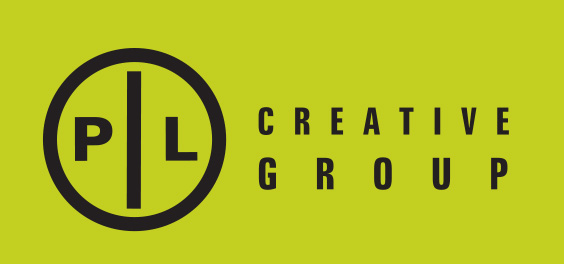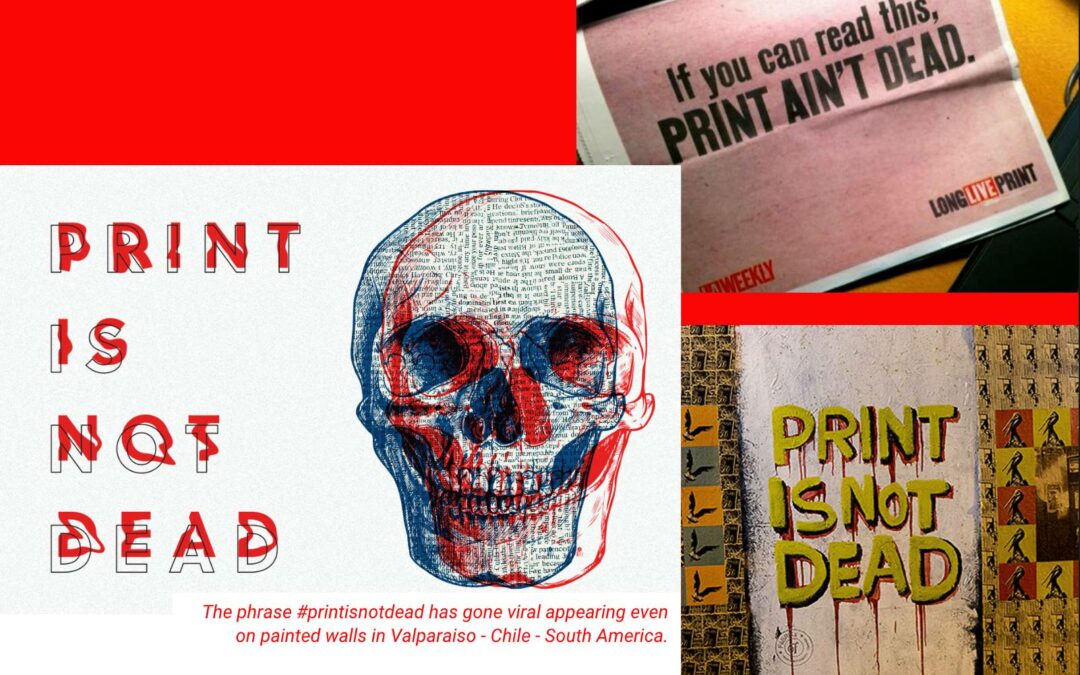In 2021 there was a resurgence and the importance of print, consumers need to take a digital break to read ALL their mail
To answer the question, absolutely not and indiquitably a big fat NO IT IS NOT! Yes you heard it hear from many sources #printisnotdead in 2021 and it has over 400 thousand posts not bad for a medium that has been accussed of irrelevance for being non-sustainable. It has formed a cutle following yet according to top marketers in the industry such as Peter Weinberg’s thoughts on markeitng trends, he explains that a company that bases all their markeitng dollar just on digital, which is probably what are your competitirs are doing, you are more likely to fail. As marketer today call it a traditonal median and more “outbound” strategy, it is still ond of the most effective way to stand out from the competition and all the noise that is in the digital space.
The Research Explained
The study was designed to discover, not just whether people read catalogs, because there is lots of data that they do, yet how much a brochure or catalog directly impacts sales.
Here’s how the experiment worked: On HBR’s recommendation, the retailer launched a new, bi-monthly catalog featuring “professional and artistically rendered product photography with high-quality printing.” The company then randomly selected 30% of its U.S.-based customers for the experiment.
- 5% received neither email nor catalogs for six months (the control group),
- 55% received a weekly marketing email, and
- 40% received the new bi-monthly catalogs in addition to the weekly email marketing.
The results?
- The company saw an increase of about 5% lift sales and a 27% increase in emails about the catalog and increase with website for the catalog group compared to the “email only” group.
- It saw a 28% increase in sales and 77% lift in inquiries from the “email only” group over the control group, but a 49% lift in sales and 125% lift in inquiries from the email + catalog group over the control.
- Based on follow-up surveys, HBR results sustain that 90% of the customers had viewed and revised the catalogs and them for an average of 7 days. THIS IS HUGE .. where eblast, web banners, websites come and go in a blink with just 15 sec to capture that attention whereas direct mail catalogue can live in a consumers’ house for days.
- GREAT RESULTS It also found that, when the print catalog was added to the mix, order sizes increased by 15%.
Quote from the report and the researcher:
A quick ROI calculation indicates that a 15% increase in sales on an average order size of $6,700 due to the catalog campaign, at approximately 30% gross margin, translates to an additional $90 profit (or $180 additional annual profit) per customer. The average cost of the mailing with front-end design cost factored in is $5, yielding a direct ROI of 600%, not to mention the additional customer engagement from increased inquiries.
All this just by adding catalogs! HBR finds that these result appeal to a brand’s “vividness,” or the experiential influence on purchases. To test its theory, it surveyed 500 random customers from each of the “emails only” and “email + catalogs” groups and asked about the brand’s vividness of each marketing contact. It asked, “How easy it is for you to imagine wearing the product?” and “How vivid are the product descriptions in the email (or catalog)?” They were also asked to rank their answers on a seven-point scale. Those in the “email only” group gave an and average of 4.3, while those in the “email + catalog” group gave a rating of 5.6. The difference between the two is very apparent and it was statistically significant. The results are evident of this field experiment that outbound strategies like catalogs CAN increase sales by elevating the product vividness and can be aspirational to have the consumer image them in that travel location or using that product.
Also, HBR notes that, while there are many benefits to catalogs, including staying power and maintaining top of mind, catalogs’ real power is “how—for certain products— are more likely to work for products that are “hedonistic,” or purchased for fun, enjoyment and pleasure which are much more likely to stay long in the household verses boring brochure about roof improvements and home upgrades. In other words, jewelry over stoves, vacations over roof replacements. Catalogs are also more likely to work for products that contain richer experiential aspects, the more emotional and attractive with better experiential paper and print enhancements the more likely that brochure/catalog the more likely it will give the consumer the lively vicarious feeling about the brand and more ready to purchase or book a vacation.
The possibility is amazing especially for travel and luxury products, and brands should enhance their marketing mix to always include some form of print the result is there, NOW will marketers keep print alive for their brands or let it DIE?
I say LONG LIVE PRINT!
References:
- http://blog.ironmarkusa.com/print-is-not-dead#:~:text=It’s%202021%2C%20and%20print%20is,drove%20an%20appetite%20for%20print.
- https://thumbs.dreamstime.com/z/print-not-dead-mural-valparaiso-chile-phrase-painted-wall-south-america-100054060.jpg.
- http://www.nowtopians.com/general-musings/valparaiso-getting-a-glimpse
- https://whattheythink.com/articles/108850-hbr-study-finds-28-lift-sales-600-roi-adding-print-catalogs/#comment-12390
- https://whattheythink.com/articles/108850-hbr-study-finds-28-lift-sales-600-roi-adding-print-catalogs/#comment-12390






Recent Comments